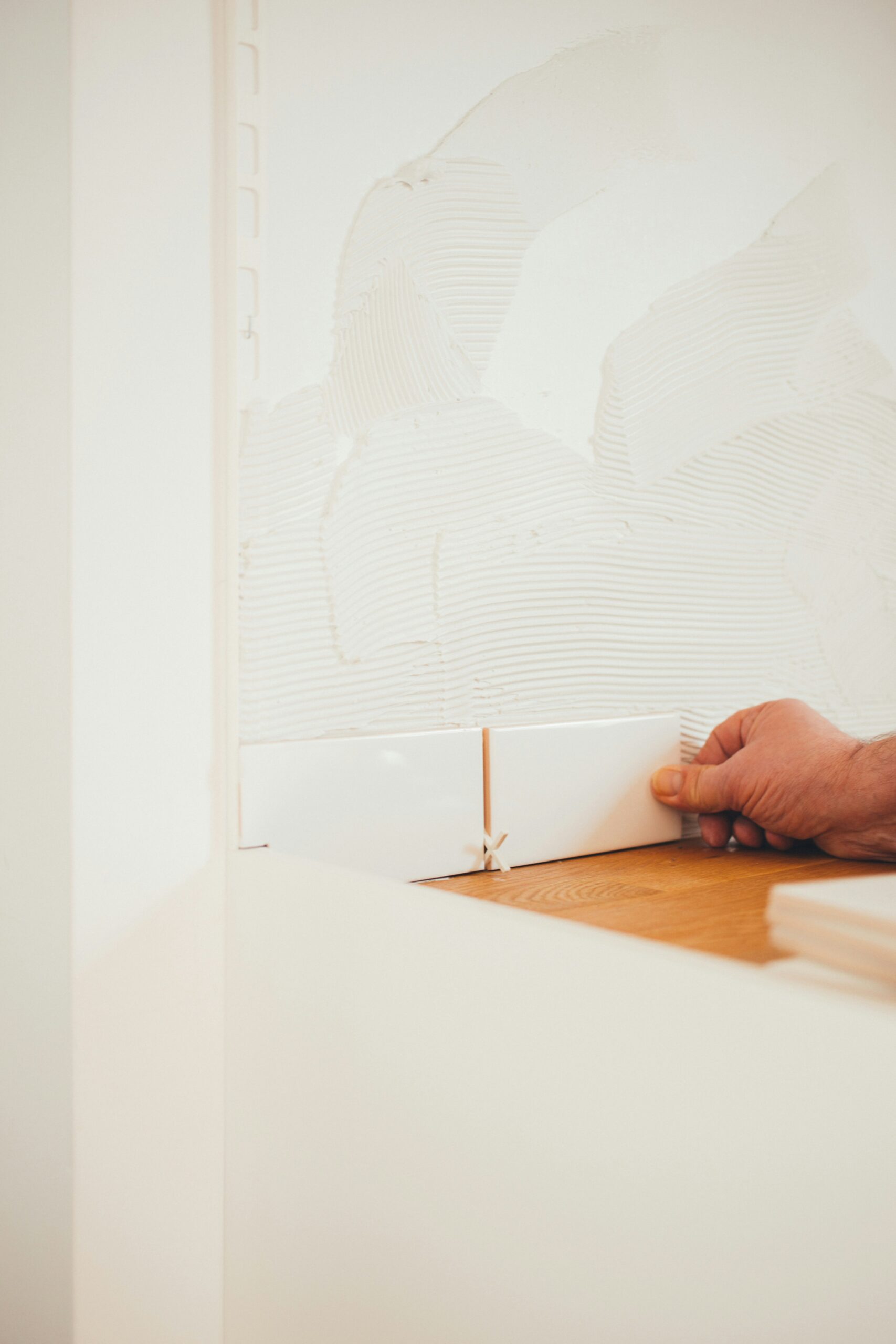
Ceramic vs. Porcelain Tiles: Understanding the Differences and Choosing Wisely
When it comes to selecting tiles for your home, the choice between ceramic and porcelain can significantly impact both aesthetics and functionality. These two popular materials offer distinct characteristics that cater to different needs and preferences. Understanding the differences between ceramic and porcelain tiles can help you make an informed decision that suits your specific remodeling project.
Composition and Manufacturing
Ceramic tiles are crafted from a mixture of natural clay, minerals, and water. These ingredients are molded into shape and then fired at high temperatures in a kiln. The surface of ceramic tiles can be glazed or unglazed, providing varying degrees of durability and water resistance. In contrast, porcelain tiles are made from more refined clay and minerals, which are pressed together and fired at very high temperatures. This process results in a dense, durable tile with low water absorption rates.
Durability and Maintenance
Porcelain tiles are known for their exceptional durability and resistance to scratches, stains, and moisture. This makes them highly suitable for high-traffic areas such as kitchens, bathrooms, and outdoor spaces. The density of porcelain also allows for the application of intricate designs and textures that mimic natural stone or wood grains. Ceramic tiles, while durable, are generally softer and more prone to wear and chipping compared to porcelain. They are best suited for light to moderate foot traffic areas such as residential bathrooms and kitchens.
Appearance and Design Options
Both ceramic and porcelain tiles offer a wide range of design options to suit any aesthetic preference. Ceramic tiles come in various colors, patterns, and finishes, including matte, glossy, and textured surfaces. They are versatile and can be used to create vibrant and artistic designs. Porcelain tiles, on the other hand, often feature through-body coloration, meaning the color and texture run consistently throughout the tile. This makes them particularly suitable for areas where chips or scratches may be more noticeable.
Water Absorption and Use Cases
Porcelain tiles have a water absorption rate of less than 0.5%, making them ideal for areas exposed to moisture and frequent cleaning, such as showers, swimming pools, and outdoor patios. Their low porosity prevents water from seeping into the tile, reducing the risk of mold and mildew growth. Ceramic tiles, depending on whether they are glazed or unglazed, have varying levels of water absorption. Unglazed ceramic tiles may require sealing to enhance their water resistance, making them suitable for indoor floors and walls.
Cost and Installation
In terms of cost, ceramic tiles are generally more affordable than porcelain tiles. This price difference can be significant, especially for larger remodeling projects where cost-effectiveness is a consideration. Installation of both ceramic and porcelain tiles requires similar techniques, although the denser nature of porcelain may require specialized tools and expertise.
Choosing the Right Tile for Your Project
When deciding between ceramic and porcelain tiles, consider the specific needs of your project. If you prioritize durability, low maintenance, and water resistance, porcelain tiles are likely the best choice, particularly for high-traffic areas and spaces exposed to moisture. Ceramic tiles offer versatility in design and are suitable for areas with lighter foot traffic. Understanding the differences in composition, durability, maintenance, and cost will empower you to make an informed decision that enhances both the functionality and beauty of your living space.
In conclusion, whether you opt for the robust reliability of porcelain or the artistic versatility of ceramic, both tile options provide durable and aesthetically pleasing solutions for your remodeling needs. Evaluate your priorities and project requirements carefully to choose the tile that best complements your lifestyle and design vision.
